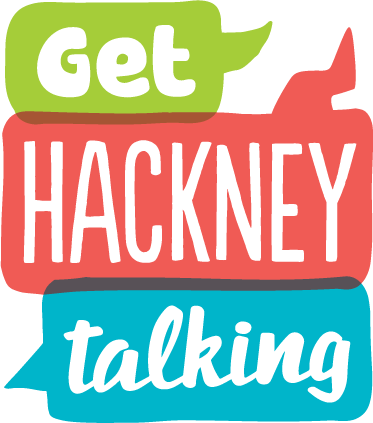What are Attention and Listening Skills?
- Attention and listening skills are foundations for language and learning.
- Attention and listening are different from just hearing sounds. They are active processes.
- Paying attention involves concentrating on an activity and integrating information from different sources (what you see and what you hear).
- Paying attention also involves being able to ignore any irrelevant information.
- Listening involves identifying and locating different types of sounds and information and considering its meaning.
- When talking we also show we are listening by, for example, looking at the person talking and taking turns talking.
What signs may a young person with attention and listening difficulties present with?
- They may be easily distracted by people, thoughts, objects or events around them.
- They may find it difficult to pay attention or listen for long periods of time.
- They may need regular re-focusing on tasks or spoken information.
- They may find it difficult to do an activity and listen to spoken information at the same time.
- They may interrupt other people talking and find it difficult to wait their turn.
- They may need instructions regularly repeated.
- They may try to begin an activity before hearing the full instruction.
How can you support your child at home?
- Say your child’s name before telling them something. This lets them know that they need to listen.
- Keep your language short and simple so your child does not need to listen for too long.
- Use visuals such as gestures, photos and objects alongside what you say. This can help focus their attention and listening.
- Give time frames for how long your child has to attend to a task, for example, when doing homework set an egg timer for a realistic amount of time and after this they can have a break
- Check your child has listened to instructions or information by asking them to explain in their own words what you have said.
- Praise your child for good listening – be specific about what they have done well.
Activities you can try at home
- Simon Says – Give instructions such as ‘Simon says…put your hands on your head then touch the floor’. Your child has to listen carefully, if you do not say ‘Simon says’ then they do not follow the instruction. Make the game harder by giving longer instructions or impossible instructions (e.g. ‘Simon says stand on the ceiling’). Your child needs to check that what they are listening to makes sense.
- Barrier Games – Take a piece of paper each. Draw a simple picture without letting your child see it. Give your child instructions so that he/she draws the picture the same as yours. Encourage your child to listen carefully so that the pictures are identical. Also encourage your child to ask you questions if they do not understand, for example ‘I don’t know that word, what does X mean?’ or ‘do you mean…?’ This will highlight that an important and helpful part of listening is also asking questions.


